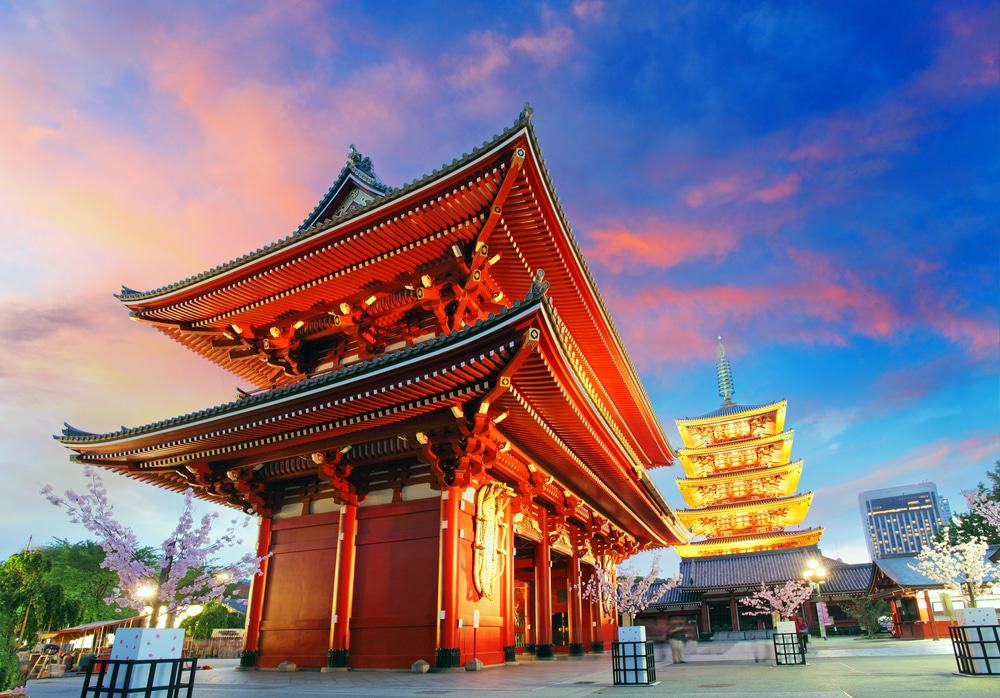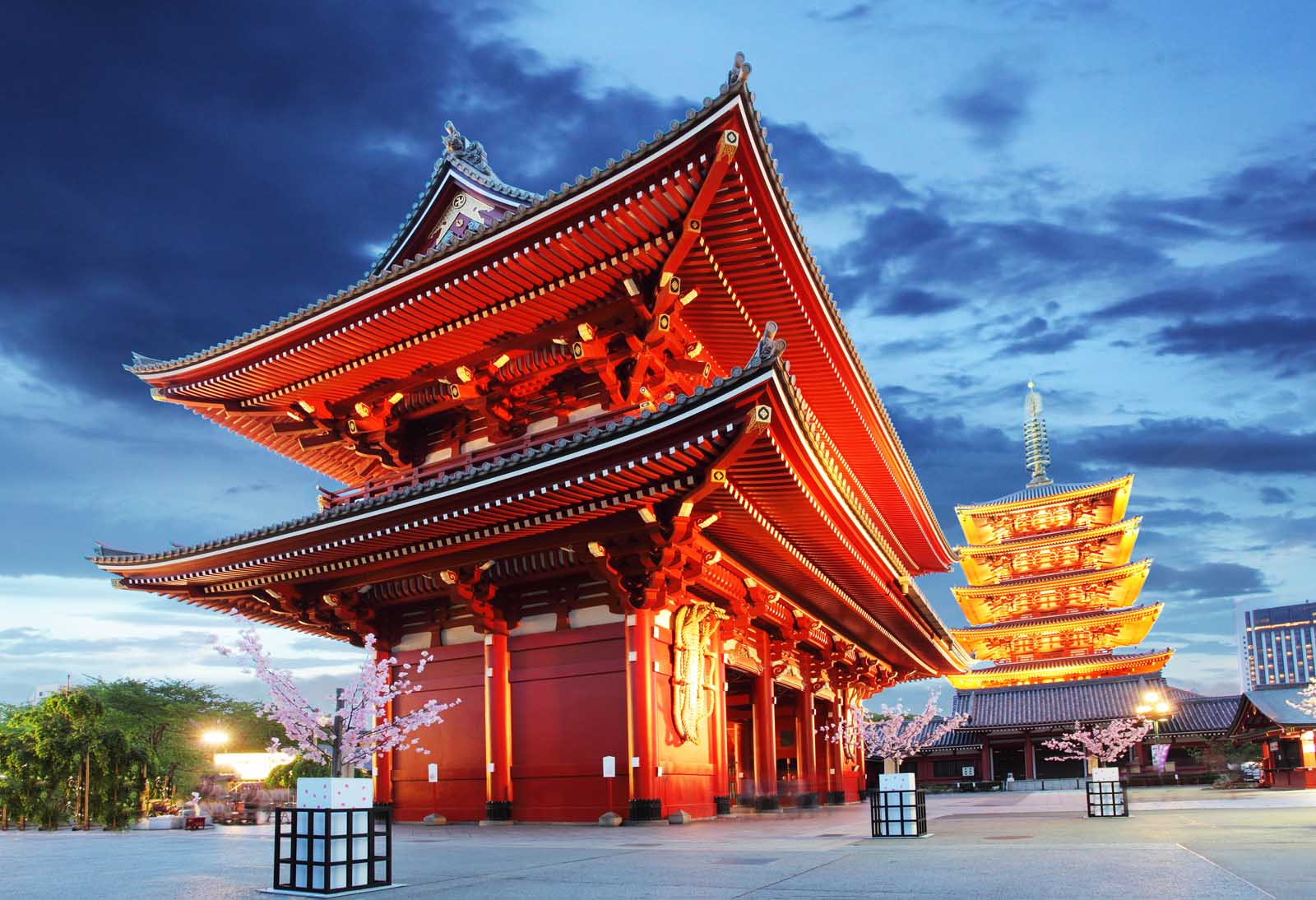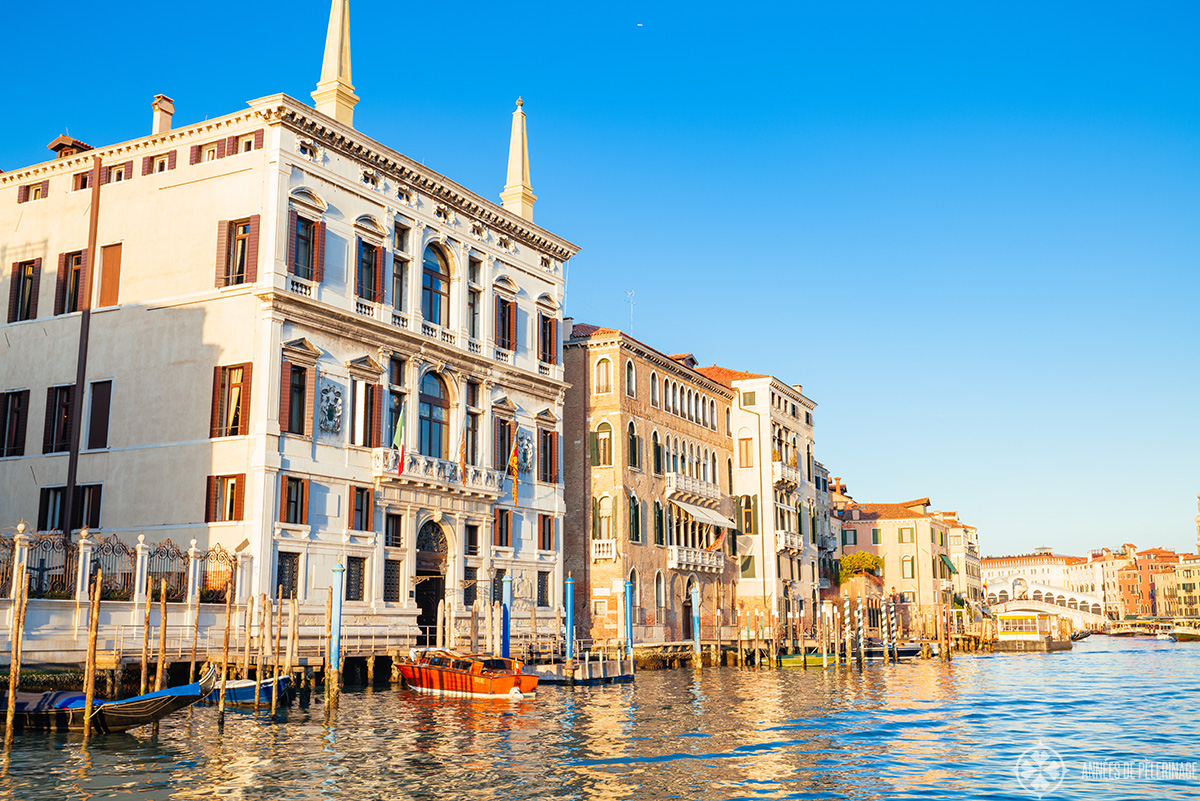
Japan, the Land of the Rising Sun, is a nation that effortlessly blends ancient traditions with cutting-edge modernity. From serene Zen gardens and majestic castles to neon-drenched metropolises and bullet trains, it offers a sensory feast that captivates every traveler. Embarking on a journey to Japan is not just a vacation; it’s an immersion into a rich cultural tapestry, a culinary adventure, and a glimpse into a future that’s already here. This comprehensive guide will equip you with everything you need to craft an unforgettable Japanese experience.
A Glimpse into Japan’s Rich History: The Foundation of Its Charm
Understanding Japan’s history is key to appreciating its present. For centuries, Japan was an isolated island nation, fostering a unique and distinct culture. The Jomon period (c. 14,000 – 300 BCE) laid the groundwork with its hunter-gatherer societies and distinctive pottery. The Yayoi period (c. 300 BCE – 300 CE) saw the introduction of rice cultivation and metalworking, leading to more settled communities and the emergence of early states.
Related Articles about Japan: A Tapestry of Tradition and Tomorrow – Your Ultimate Guide to Unforgettable Experiences:
- La Dolce Vita: Unveiling the Timeless Charms and Top Experiences of Italy
- Japan: A Journey Through Tradition, Innovation, and Unforgettable Experiences
- Unveiling the Charms of France: A Guide to the Best Tourist Attractions
- A Journey Through Time and Taste: Your Ultimate Travel Guide to France
- Japan: An Odyssey Through Timeless Traditions and Modern Wonders
The Kofun period (c. 300 – 538 CE) is characterized by large burial mounds and the consolidation of power. Buddhism arrived in the 6th century, profoundly influencing Japanese art, architecture, and philosophy, ushering in the Asuka period (538 – 710 CE) and the subsequent Nara period (710 – 794 CE), which saw the establishment of a centralized imperial government and the construction of grand Buddhist temples.
The Heian period (794 – 1185 CE) is considered Japan’s golden age of courtly culture, marked by exquisite literature like "The Tale of Genji" and the development of sophisticated aesthetics. This era also saw the rise of the samurai class, leading to the feudal era dominated by military shoguns. The Kamakura period (1185 – 1333 CE) saw the first shogunate, followed by the volatile Muromachi period (1336 – 1573 CE), characterized by civil wars and the flourishing of Zen Buddhism and the arts.
The Azuchi-Momoyama period (1568 – 1600 CE) brought about unification under powerful warlords, followed by the Edo period (1603 – 1868 CE). This era of peace and isolation, enforced by the Tokugawa Shogunate, allowed for the development of distinct Japanese arts, theatre (Kabuki and Noh), and a vibrant urban culture. The arrival of Commodore Perry in 1853 forced Japan to open its doors, leading to the Meiji Restoration (1868). This period witnessed rapid modernization, industrialization, and Westernization, transforming Japan into a major global power. The 20th century brought further upheaval with World Wars and post-war reconstruction, culminating in Japan’s current status as an economic and technological powerhouse.
Top Things to Do in Japan: A Journey Through Its Iconic Attractions
Japan’s allure lies in its diverse offerings, catering to every interest. Here are some of the must-see attractions:
1. Immerse Yourself in the Electric Energy of Tokyo:
- Shibuya Crossing: Witness the iconic scramble crossing, a mesmerizing ballet of humanity.
- Senso-ji Temple (Asakusa): Tokyo’s oldest temple, offering a glimpse into traditional Edo-era charm.
- Tokyo Skytree: Ascend for breathtaking panoramic views of the sprawling metropolis.
- Meiji Jingu Shrine: A tranquil oasis dedicated to Emperor Meiji and Empress Shoken, nestled within a lush forest.
- Ghibli Museum (Mitaka): A whimsical journey into the magical world of Studio Ghibli films (book tickets well in advance!).
- Tsukiji Outer Market: Savor fresh seafood and local delicacies at this bustling market.
- Akihabara: The mecca for anime, manga, and electronics enthusiasts.
2. Discover the Cultural Heart of Kyoto:
- Kinkaku-ji (Golden Pavilion): A stunning Zen Buddhist temple shimmering with gold leaf.
- Fushimi Inari-taisha Shrine: Wander through thousands of vibrant red torii gates winding up a sacred mountain.
- Arashiyama Bamboo Grove: Experience the ethereal beauty of towering bamboo stalks.
- Kiyomizu-dera Temple: Perched on a hillside, offering spectacular views and a famous wooden stage.
- Gion District: Explore the traditional geisha district, hoping for a glimpse of these elegant entertainers.
- Nijo Castle: A former residence of the Tokugawa shogunate, known for its "nightingale floors."
3. Contemplate Peace in Hiroshima:
- Hiroshima Peace Memorial Park and Museum: A poignant and essential visit to remember the victims of the atomic bombing and advocate for peace.
- Miyajima Island (Itsukushima): Home to the iconic "floating" torii gate of Itsukushima Shrine, a UNESCO World Heritage site.
4. Experience the Natural Beauty of Hakone:
- Mount Fuji Views: Hakone offers some of the best viewpoints for Japan’s most iconic peak.
- Hakone Open-Air Museum: A unique blend of art and nature set against stunning landscapes.
- Lake Ashi Cruise: Enjoy scenic views of Mount Fuji and the surrounding mountains from the water.
- Owakudani Volcanic Valley: Witness active volcanic hot springs and taste the famously black-cooked eggs.
5. Explore the Culinary Delights of Osaka:
- Dotonbori: A vibrant entertainment district famous for its dazzling neon signs and street food.
- Osaka Castle: A magnificent reconstruction of a historic Japanese castle.
- Kuromon Ichiba Market: Known as "Osaka’s Kitchen," a paradise for food lovers.
6. Venture to the Ancient Capital of Nara:
- Nara Park: Interact with hundreds of friendly, free-roaming wild deer.
- Todai-ji Temple: Home to a colossal bronze Buddha statue, one of Japan’s most significant temples.
7. Discover the History of Kanazawa:
- Kenrokuen Garden: Considered one of Japan’s three most beautiful landscape gardens.
- 21st Century Museum of Contemporary Art, Kanazawa: A modern masterpiece of art and architecture.
- Higashi Chaya District: A beautifully preserved geisha district with traditional teahouses.
Travel Tips for a Seamless Japanese Adventure:
- Japan Rail Pass (JR Pass): If you plan on extensive train travel between cities, this is an invaluable investment. Purchase it before you arrive in Japan.
- Pocket Wi-Fi or SIM Card: Staying connected is crucial for navigation and communication. Rent a pocket Wi-Fi device or purchase a local SIM card upon arrival.
- Learn Basic Japanese Phrases: While many people in tourist areas speak some English, knowing greetings and essential phrases like "Arigato" (Thank you) and "Sumimasen" (Excuse me/Sorry) will be greatly appreciated.
- Cash is Still King: While credit cards are becoming more widely accepted, many smaller establishments, especially in rural areas, still prefer cash.
- Be Punctual: Japanese culture values punctuality. Be on time for appointments and train departures.
- Remove Your Shoes: It’s customary to remove your shoes before entering homes, some restaurants, temples, and traditional inns (ryokans). Look for designated shoe areas.
- Etiquette Matters: Familiarize yourself with basic etiquette, such as not talking loudly on public transport, not eating or drinking while walking, and bowing as a form of greeting and apology.
- Trash Cans are Scarce: Be prepared to carry your trash with you until you find a designated bin, which are often found at convenience stores or train stations.
- Book Accommodation and Popular Attractions in Advance: Especially during peak seasons, popular hotels and attractions like the Ghibli Museum can book up months ahead.
Best Time to Visit Japan: Seasons of Enchantment
Each season in Japan offers a unique charm:
- Spring (March-May): This is arguably the most popular time to visit, thanks to the breathtaking cherry blossoms (sakura). The weather is pleasant, but expect crowds.
- Summer (June-August): Hot and humid, but vibrant with festivals (matsuri) and beach activities. Be prepared for potential typhoons.
- Autumn (September-November): Another highly recommended season, with stunning fall foliage (koyo) painting the landscapes in fiery hues. The weather is generally mild and pleasant.
- Winter (December-February): Cold but often clear, offering opportunities for skiing and snowboarding in the Japanese Alps. Cities are beautifully decorated for the holidays, and it’s a great time to enjoy onsen (hot springs).
Nearby Hotels: Comfort and Convenience for Every Traveler
From luxurious international chains to charming traditional ryokans, Japan offers a vast array of accommodation options.
- Tokyo:
- Luxury: The Peninsula Tokyo, Mandarin Oriental Tokyo, Park Hyatt Tokyo (famous from "Lost in Translation").
- Mid-Range: Hotel Gracery Shinjuku (with the Godzilla head!), Shibuya Excel Hotel Tokyu.
- Budget/Boutique: Capsule hotels (an experience in itself!), numerous business hotels like Toyoko Inn.
- Kyoto:
- Luxury: Four Seasons Hotel Kyoto, Ritz-Carlton Kyoto.
- Mid-Range: Hotel Granvia Kyoto (conveniently located at Kyoto Station), Cross Hotel Kyoto.
- Traditional Ryokans: Many charming ryokans offer a quintessential Japanese experience, often with tatami mats, futon beds, and exquisite kaiseki dinners.
- Hakone:
- Ryokans with Onsen: Many hotels and ryokans here boast private or communal hot springs with stunning views. Consider Gora Kadan or Hyatt Regency Hakone Resort and Spa.
- Osaka:
- Luxury: St. Regis Osaka, Conrad Osaka.
- Mid-Range: Hotel Nikko Osaka, Cross Hotel Osaka.
Savoring the Flavors: A Culinary Journey Through Local Food
Japanese cuisine is a celebrated art form, emphasizing fresh ingredients, delicate flavors, and beautiful presentation.
- Sushi and Sashimi: Fresh, raw fish expertly prepared.
- Ramen: A hearty noodle soup with various broths (tonkotsu, shoyu, miso) and toppings.
- Tempura: Lightly battered and deep-fried seafood and vegetables.
- Udon and Soba: Thick and thin wheat noodles, respectively, served hot or cold in broth.
- Yakitori: Grilled skewers of chicken and vegetables.
- Okonomiyaki: A savory pancake dish with various ingredients, often a specialty of Osaka.
- Takoyaki: Ball-shaped snacks filled with diced octopus, a popular street food.
- Kaiseki Ryori: A multi-course haute cuisine meal, often served at ryokans, showcasing seasonal ingredients and artistic presentation.
- Matcha: Powdered green tea, used in traditional tea ceremonies and as a flavor in desserts.
Navigating the Archipelago: Transportation Options in Japan
Japan boasts one of the world’s most efficient and punctual public transportation systems.
- Shinkansen (Bullet Train): The iconic high-speed rail network connecting major cities. Fast, comfortable, and incredibly reliable.
- Local Trains and Subways: Extensive networks within cities, making getting around a breeze. Purchase IC cards (Suica, Pasmo, Icoca) for easy tap-and-go payment.
- Buses: Useful for reaching areas not served by trains, particularly in rural regions.
- Taxis: Readily available but can be expensive, especially in major cities.
- Ferries: Connect the mainland to various islands, offering scenic journeys.
- Walking: Many attractions in cities are best explored on foot, allowing you to discover hidden gems.
Japan is a country that will leave an indelible mark on your soul. It’s a destination that promises adventure, tranquility, and a profound cultural awakening. From the bustling energy of its modern cities to the serene beauty of its ancient temples, Japan offers a journey of discovery that will resonate long after you’ve departed. So, pack your bags, embrace the spirit of exploration, and prepare to be utterly enchanted by the Land of the Rising Sun.








